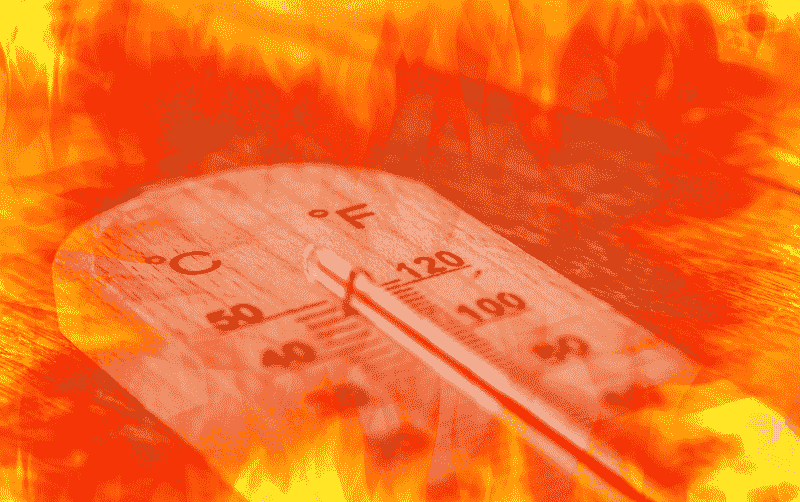At the Persian Gulf International Airport in Asaluyeh, Iran, temperatures reached 108°F (42°C) on Wednesday and 106°F (41°C) on Thursday, with peak heat indexes of 149°F (65°C) both days. In Dubai, temperatures reached 113°F (45°C) on Tuesday, with a heat index of 144°F (62°C). Other extreme heat indexes included 141°F (61°C) in Abu Dhabi and 136°F (58°C) at Khasab Air Base in Oman.
According to Washington Post report, the high air temperatures, ranging from 105°F to 115°F (41°C to 46°C), are somewhat above normal, it’s the excessive humidity that’s pushing the heat index to dangerous levels. Dew points, a measure of humidity, have soared into the 80s Fahrenheit (27 to 32°C), far exceeding the 70°F (21°C) threshold considered uncomfortably humid in the United States.
Extreme humidity is linked to the Persian Gulf’s warm water temperatures, the world’s highest. According to NOAA, sea surface temperatures reach 95°F (35°C), creating “bathtub-like” conditions.
Night offers little respite, with temperatures above 85°F (29°C). In Iranshar, Iran, the temperature only dropped to 97°F (36°C) on Wednesday night, marking its hottest July night on record.
ALSO READ: India’s COVID-19 death toll vastly underreported, Study reveals
A Washington Post analysis found that the wet-bulb globe temperature, which measures heat stress, reached levels that researchers say pose a risk to human survival if prolonged. This measurement considers temperature, humidity, wind, and cloud cover.
The heat wave isn’t isolated to the Persian Gulf. The same heat dome has spread record-breaking temperatures across Eastern Europe, northern Africa, India, Pakistan, and Indonesia. In Greece, the heat forced officials to close the Acropolis for five hours on Wednesday.
This extreme weather follows a trend of increasing global heat waves. June 2023 was Earth’s hottest June on record, according to NOAA. Scientists attribute these heat waves to human-caused climate change.
The Persian Gulf region is particularly vulnerable to extreme heat, identified as one of the areas most likely to regularly exceed life-threatening heat thresholds in the next 30 to 50 years. A study ranked Dubai as the city with the most dangerous summer heat globally, with hazardous conditions on 89% of summer days.
As temperatures rise, concerns about the region’s long-term habitability grow. The heat wave is a stark reminder of the urgent need for global action on climate change and strategies to cope with extreme heat in vulnerable areas.




